One of the top 2020 technology trends identified by Gartner was Hyperautomation. Now in mid-2020 with the global impact of lockdown, its importance in achieving your digital destination has increased significantly, as the world learns to live with COVID-19 in what could become the new normal.
What is Hyperautomation?
Hyperautomation is the digital destination where you improve customer and employee satisfaction while delivering at scale an optimised enterprise business model under your control. Intelligent Automation puts you in control of these business processes by creating a hyper-automated client-centric organisation. Gartner defines Hyperautomation as “the combination of multiple machine learning, packaged software, and automation tools to deliver work.”
Why should businesses embrace Hyperautomation?
Emerging technology, such as automation, often brings fear of change, however, the coronavirus global pandemic has left many organisations facing unprecedented challenges in not only generating revenue but also operating their core business. An increased workload during lockdown measures is proving difficult to manage for many. The uncertainty of predicting when and how the next business interruption will come, because it will, means futureproofing your organisation, investing to survive and prosper, and adapting traditional approaches to business and operations. This means embracing Hyperautomation.
What are the benefits of Hyperautomation?
Using an Intelligent Automation platform, armed with advancements in artificial intelligence technologies, pushes the boundaries by connecting people, processes, and technologies to deliver Hyperautomation, which makes interactions between people and digital workers possible, and seamless. This means you can control your outcomes, empower your people and accelerate your automation.
This application of technological advancements in process automation, including: Artificial Intelligence (AI), machine learning (ML), Natural Language processing (NLP), cognitive computing (CC), Smart Workflows (SW), Smart Analytics (SA) and Robotic Process Automation (RPA) delivers dramatic results that mitigate compliance and risk while increasing, efficiencies, profitability and growth, while combining historic legacy platforms with more recent and planned digital investments.
Why does Hyperautomation deliver more than automating tasks with RPA?
RPA is not Intelligent Automation. It may have been the first step in the evolution of automation, but it will never deliver Hyperautomation. Many organisations have already started to employ RPA to automate tasks across several areas – including finance, acquisition, IT, human resources, mission support, and security assurance. However, simply replicating tasks is not enough. RPA simply cannot process high volumes of unstructured or semi-structured data or deal with exceptions.
What is the future of AI-automation?
Emerging technologies such as AI are combined with automation, to deal with more complex problems and simplify business processes. Through this, Hyperautomation can loop humans into the process, with technology and humans working not just side by side, but together.
With Hyperautomation the future of work is not tasks being completed by robots, but re-imagining work as done by employees with technology. Increasing collaboration so humans as the key decision-makers can use the technology to interpret big data and apply the insights to their business.
The technology-driven world in which we live, is a world filled with promise but also challenges. How will you overcome the challenges to see the promises fulfilled and harness the full value of automation? Discover how Aurora, and the AI-enabled, no-code Catalytic cloud platform, can help you to start your automation journey.



